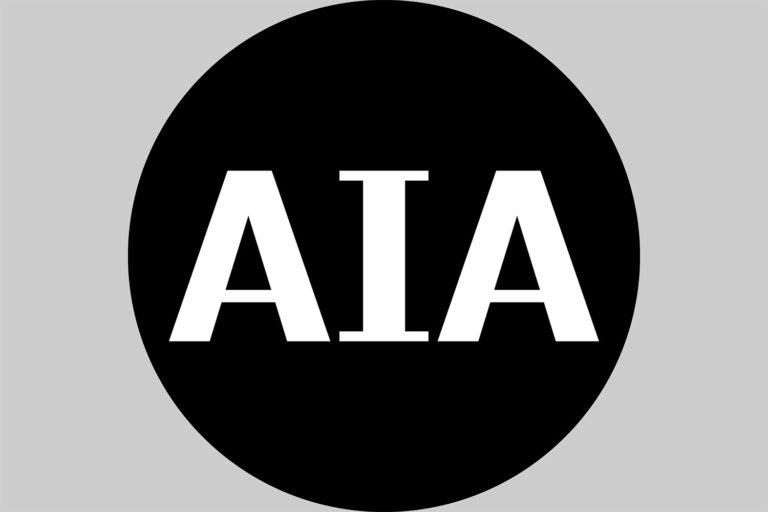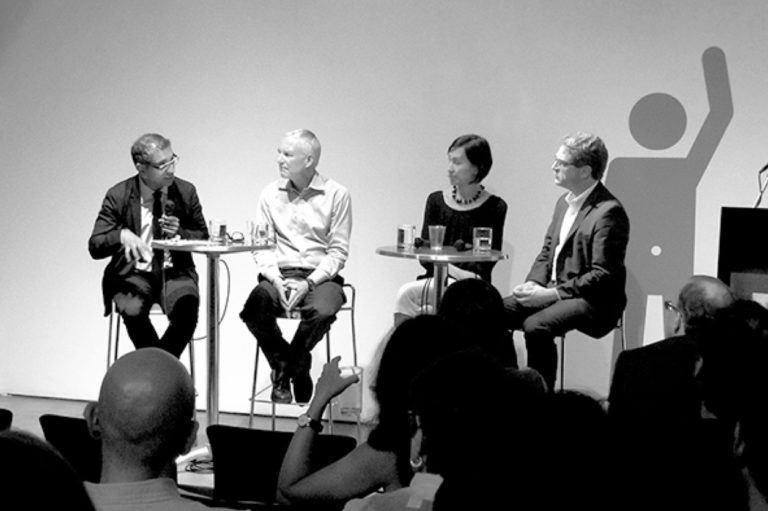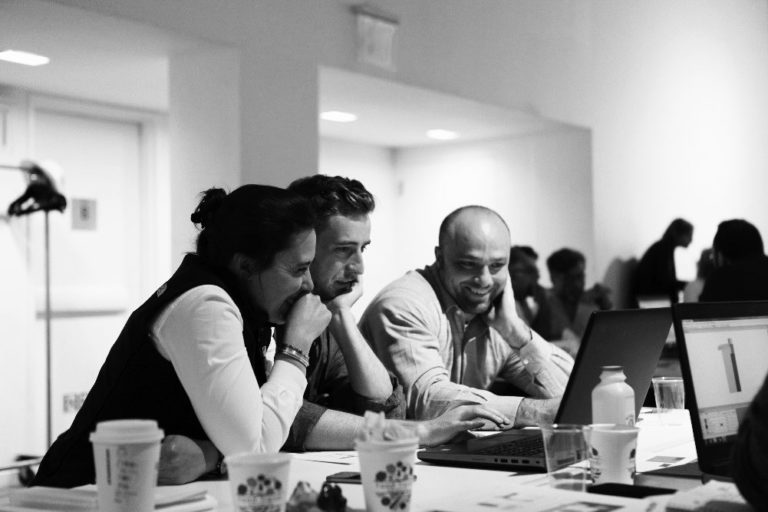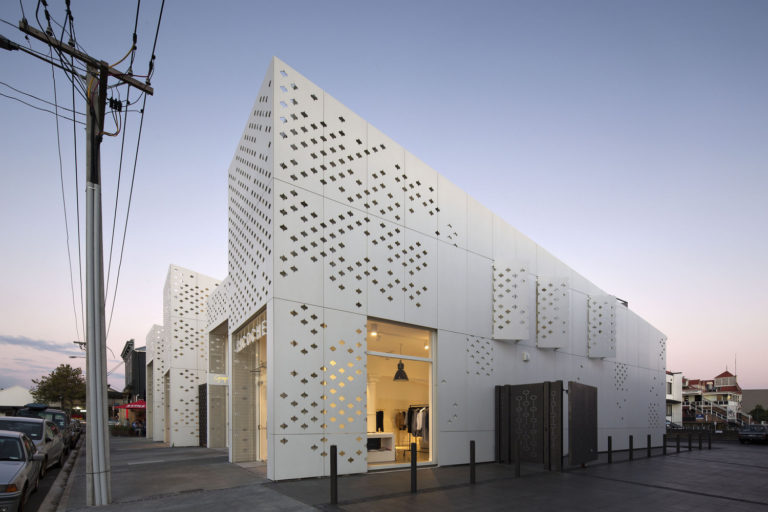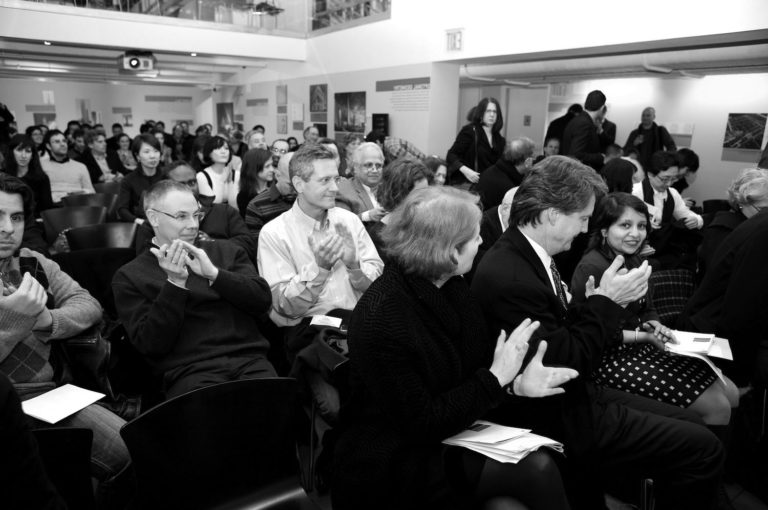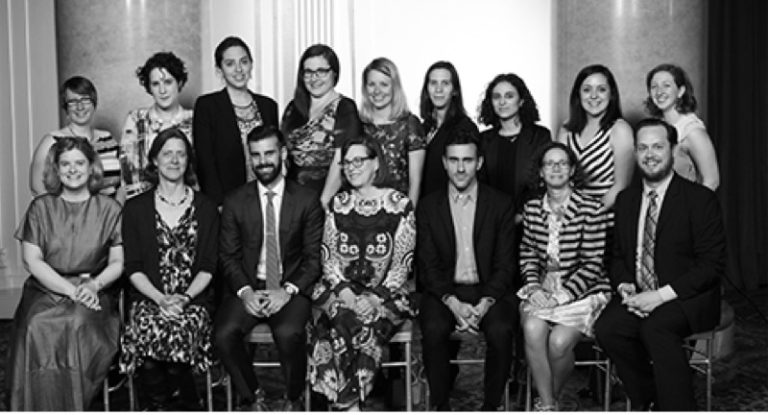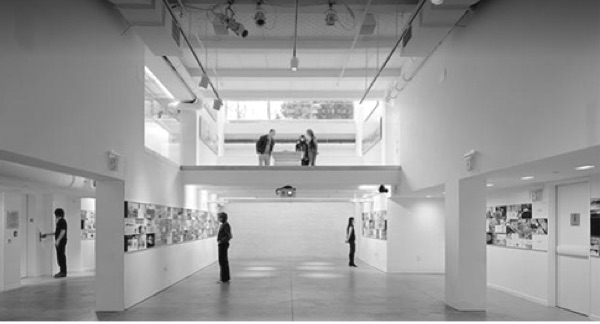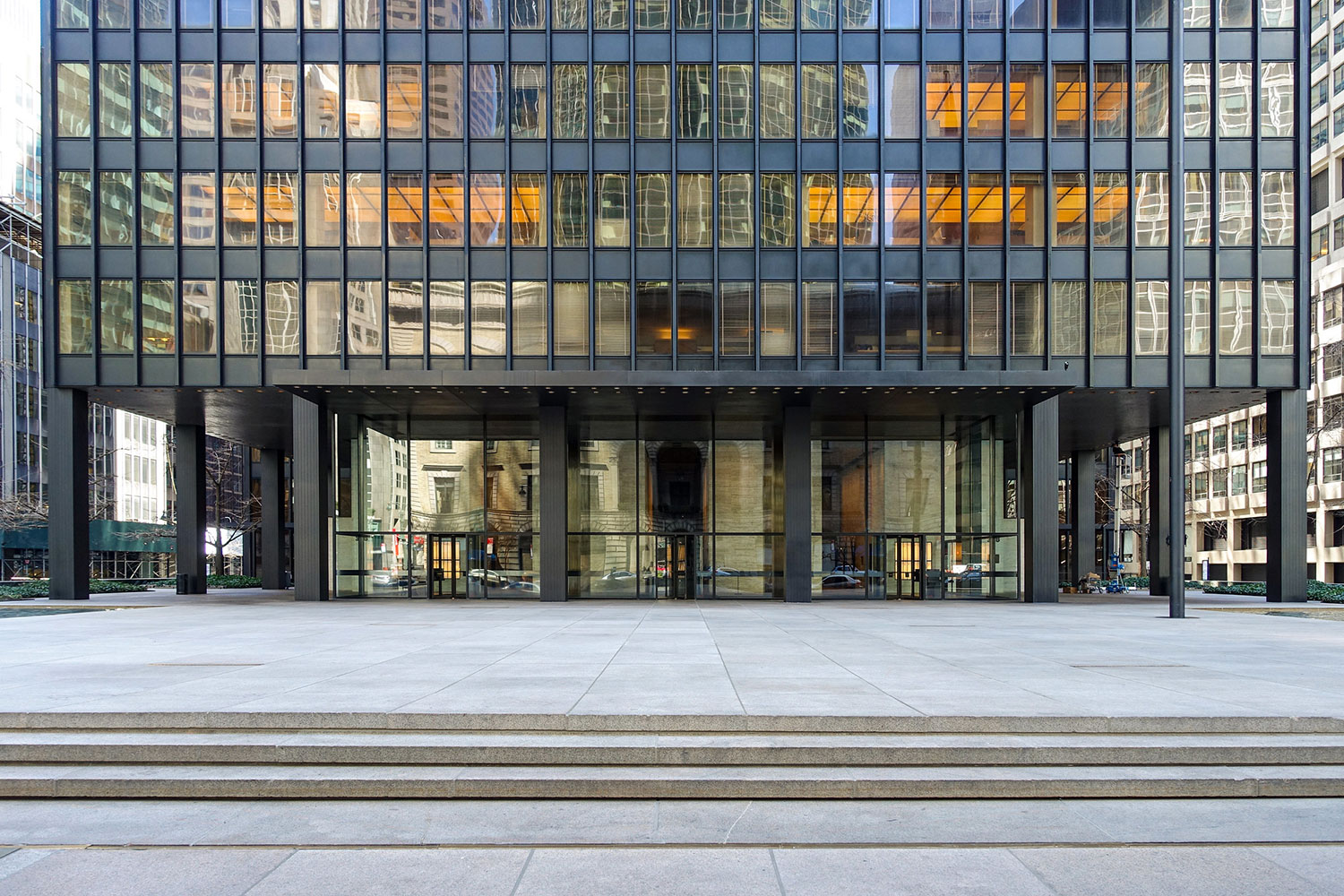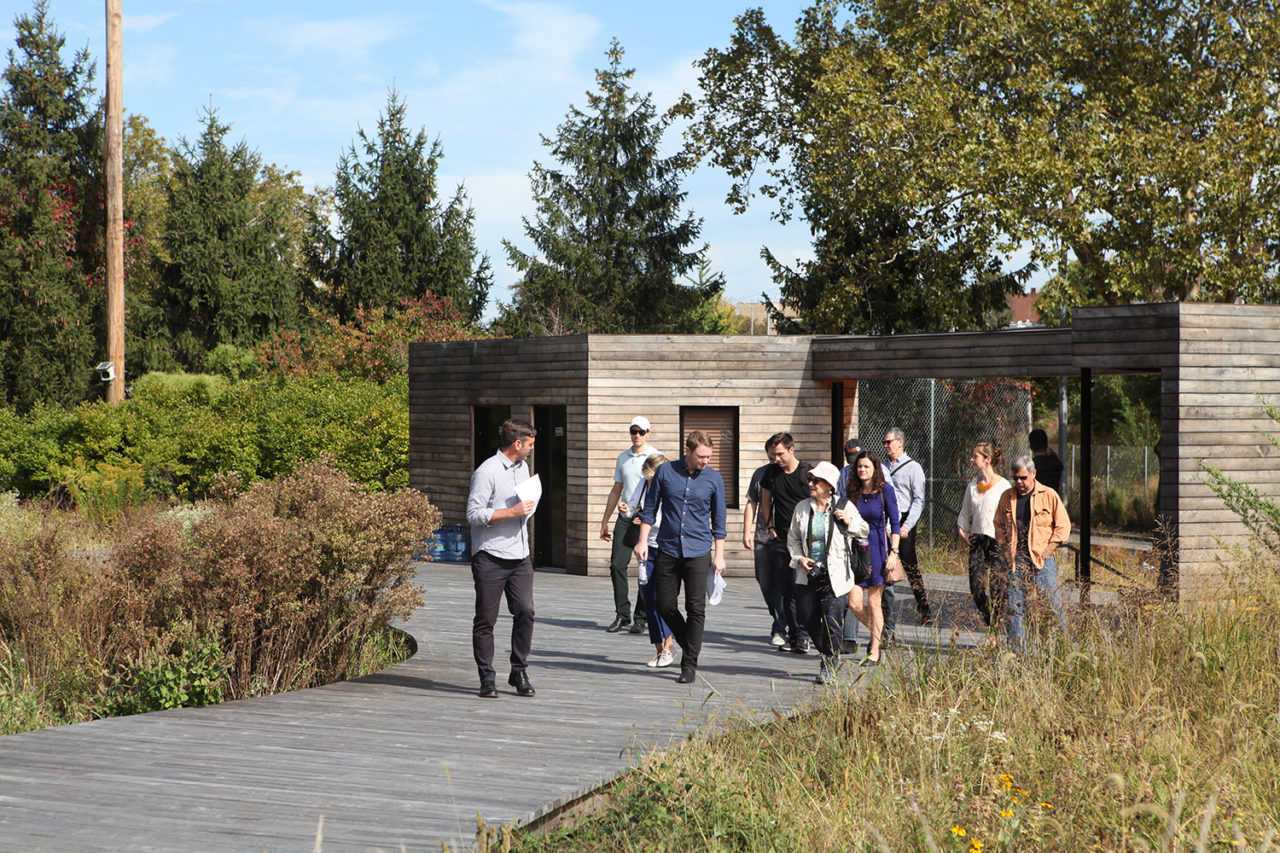
AIA New York organizes several different walking tours throughout Manhattan and the boroughs, with a special focus on modern and contemporary architecture. Expert guides, all members of AIA New York, walk intimate groups of visitors through some of New York City’s most distinctive neighborhoods, exploring the city’s rich history and stunning new buildings, as well as creative examples of adaptive reuse, urban planning, and development.
Questions? Email tours@aiany.org.
Upcoming Walking Tours
Walking Tour: Mid-Century Modernism Along Manhattan’s 53rd Street
In-Person- General Public: $30
Meet at Greenacre Park, on the north side of E 51st St between Second and Third Avenues
Manhattan’s 53rd Street corridor, especially from Third Avenue to Sixth Avenue, is a benchmark for the development of NYC’s 1961 Zoning Resolution, a re-writing of the 1916 Zoning Regulation, the nation’s first comprehensive city zoning regulation. In addition to several of NYC’s iconic post-WWII buildings, such as the Lever House and CBS Building, is the creation of “heroic” open public space—the wide-open Seagram Building plaza to the intimate enclosure of the Paley “Vest Pocket” Park. While 53rd Street is primarily a commercial corridor, one finds high-rise and low-rise residential, a house of worship, an iconic hotel, and a globally recognized cultural institution. The underlying theme of the walk will be the post-WWII development of modern urbanism in NYC as demonstrated in the transition from the 1916 Zoning Resolution to respond to a post-WWII economic boom, the development of modern, high-rise office buildings with open office plans, and the increased use of the automobile. The 1961 Zoning Resolution coordinated use and bulk regulations, incorporated parking requirements, and emphasized the creation of open space.
AIANY Guide: William M. Singer, AIA, LEED AP BD + D
—
AIANY cannot be held liable and assumes no responsibility for any injury or loss incurred by participants in these programs. Tour is limited to 19 attendees. A personal audio system will be in use for this tour. To insure each guest will receive a device, please arrive promptly 15 minutes prior to the start time. Walkups cannot be guaranteed a spot on the tour.
Cancellation Policy:
AIANY Walking Tours take place rain or shine, please dress for the weather. There are no refunds, cancellations, or exchanges, unless we cancel a tour.
Walking Tour: Upper East Side Architecture Through Affluence and Ailments
In-Person- General Public: $30
Meet at the SW corner of 78th Street at Madison Avenue
Two critical events irreparably changed Manhattan’s Upper East Side into the residential district it is today—the creation of Central Park (1857) and Park Avenue north of Grand Central Terminal (1888). While Central Park defined the Upper East Side; Park Avenue refined it. Wealth followed the open and recreational spaces of Central Park while Park Avenue effectively separated the served from the servants—and those in between. In addition to the professional class that settled on Park Avenue, or closely to its eastside, artisanal and working-class immigrant ethnic communities developed between Lexington Avenue and the East River. Hospitals and medical facilities evolved along the East River because of its salutary open space (and distance from the wealthy)—no “Magic Mountain” here for those with Tuberculosis. From railroads to housing laws, the development of the urban fabric in the UES as a significant residential district in Manhattan captures major shifts in the social, economic, political, and physical evolution of NYC.
AIANY Guide: William M. Singer, AIA, LEED AP BD + D
—
AIANY cannot be held liable and assumes no responsibility for any injury or loss incurred by participants in these programs. Tour is limited to 17 attendees. A personal audio system will be in use for this tour. To insure each guest will receive a device, please arrive promptly 15 minutes prior to the start time. Walkups cannot be guaranteed a spot on the tour.
Cancellation Policy:
AIANY Walking Tours take place rain or shine, please dress for the weather. There are no refunds, cancellations, or exchanges, unless we cancel a tour.
Policies
AIANY Walking tours take place rain or shine, please dress for the weather. There are no refunds, cancellations, or exchanges, unless we cancel a tour.
Accessibility
Please note that AIANY walking tours are not ADA accessible. However, since accessibility requirements can vary from person to person, please email tours@aiany.org prior to purchasing your tickets for more information.
